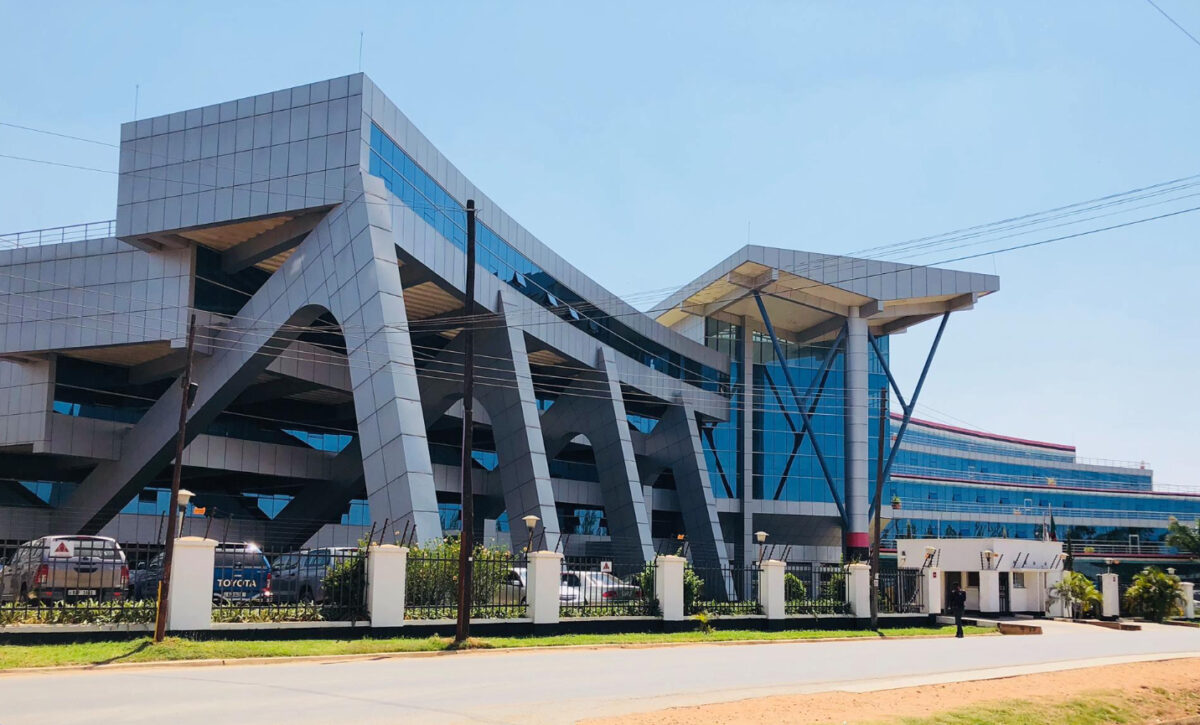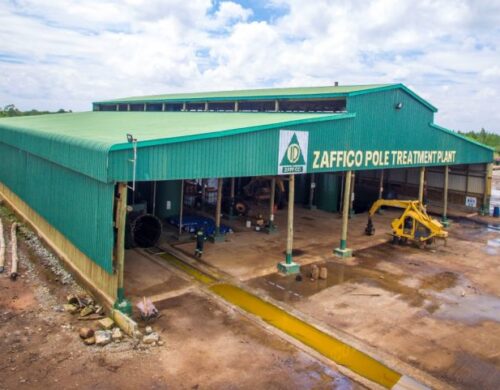
Zambia currently does not have local sources of petroleum, and has heavily relied on imports from the gulf region (Saudi Arabia and UAE). The annual import bill is in excess of US$700 million which is a massive drain on the country’s locally available foreign exchange and this has greatly contributed to the perpetual depreciation of the Kwacha.
The impact of adverse movements in international oil prices on the Zambian economy is pervasive. From its direct impact on food prices, its impact on transport costs and its ability to filter through the breath and depth of the economy is now well appreciated across all sectors.
Analysts have pointed out three major methods through which Zambia can overcome the persistent drain of forex to foot the ever growing petroleum import bill. The solution would also aid stabilize the Kwacha through reduced petroleum import bill pressure. These three proposals have been arrived at after taking into consideration the country’s comparative advantage. These options include
1. Develop biofuels sector and target to grow the mixing ratios for biofuel to over 50%. This would involve the use of the massive arable land to grow biofuel producing crops which would then be used to make biodiesel for instance. Brazil has already demonstrated that this can be done.
2. Pivot from importing petroleum from the gulf region and engage neighboring Angola. Zambia is more able to negotiate a favorable bilateral deal with Angola relative to the gulf region producers, and the Zambia could equally and easily export its other local products to offset the balance of payments between the two countries and lessen the drain of forex on a net basis.
3. The third and least possible route is to strike deals with Saudi Arabia and the UAE to counter the current one way trade were Zambia imports petroleum and virtually exports negligible values and volumes in local products to the gulf region. This is said to be least viable as its the one that has been attempted for years now with only promises of exporting “1 million goats” which never seems to come to fruition.
So, the Zambian Business Times – ZBT engaged the Energy Regulatory Board – ERB and they disclosed that production of biofuels in Zambia if fully implemented is expected to reduce the country’s petroleum import bill which currently stands at more than US$700 million per annum and could enable Zambia save US$96 million (about US$100 million) per annum from petroleum import bill.
ERB Public Relations Manager Kwali Mfuni told ZBT that the production of biofuels locally could help fill part of the portion of the total annual consumption in line with the approved blending ratios which stand at 10% for Bioethanol and 5% for Biodiesel.
She disclosed that Zambia’s current consumption is about 1.3 million liters of petrol per day and 2.7 million liters of diesel per day and that the country could save 130,000 liters and 135,000 liters of petrol and diesel imports per day (estimated at US$100 million per annum).
She further said that it should be noted that Zambia’s petroleum requirements do not only contain costs associated with petrol and diesel which can be blended but also contains other products such as Jet A-1, Heavy Fuel Oil, Kerosene, Petroleum Gas and Bitumen which are not blended.
And when asked to at least list the top 10 biofuel producers in Zambia current, Mfuni said there are currently no major biofuel producers in Zambia at a scale that would feed into the national fuel supply chain which has been set at a minimum capacity of 2,000 liters per pay.
Mfuni stated that there are some participants in the sector that produce biofuels primarily for their own use such as the Copperbelt Energy Corporation – CEC and that ERB is currently considering and would welcome investor interest in the sector seeking to venture into biofuel production in the near future.
When further asked if cars can use mixed petroleum and biofuels in Zambia currently, she said Motor Vehicles in Zambia can operate on the government recommended blending rations which are 10% for Bioethanol and 5% for Biodiesel saying this conforms to the current majority of engine types in the country and does not require re-configuration of motor vehicle engines.
Giving an overview on the current status of the biofuel sector, ERB has stated that Zambia’s biofuel sector has been faced with some challenges which include producer price for biofuels and availability of feedstock, stating that the former is important for promoting growth of the sector hence issues of conflicting needs on feedstock also being food sources frequently come up and raises concerns over the potential impact on foods security in the long term.
“ERB has also set standards for biofuels vis-a-vis biodiesel and these standards have been approved by the standard body, Zambia Bureau of Standards – ZBS. The Board also has in place a framework to regulate biofuels which falls under the Renewable Energy Regulatory Framework”.
“The Renewable Energy Regulatory Framework primarily focuses on licensing, technical requirements, quality in the production blending, storage and handling, distribution and retailing and pricing of biofuels in Zambia,” She added.
Sorting out the one way trade with countries that supply petroleum to Zambia needs serious attention and development of a long term strategy that would take Zambia’s collective interests first. All the three options discussed above can be vigorously followed through and this would aid in creating more local business opportunities, jobs as well as aid to stabilize our beloved Kwacha.








